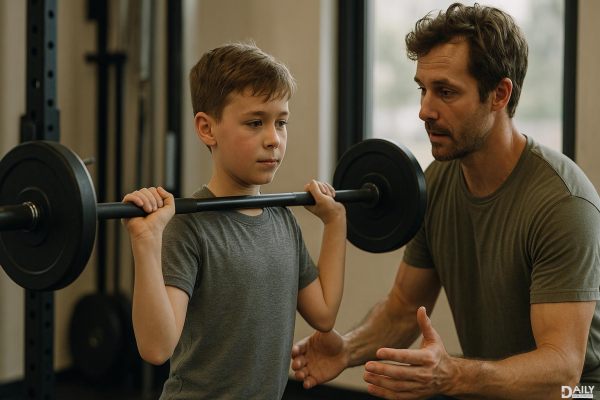The hack squat is a fantastic alternative to traditional squats, especially if you're new to lifting, recovering from an injury, or just looking for a more controlled way to build lower-body strength. Unlike free-weight squats, the hack-squat machine guides your movement, reducing the risk of improper form while still delivering serious muscle-building benefits. Whether you're aiming to increase strength, rehab an injury, or simply switch up your leg-day routine, the hack squat is a versatile tool worth adding to your workout arsenal.
How to Perform a Hack Squat Correctly
Before loading up the machine with plates, it's crucial to nail the form. Start by adjusting the shoulder pads so they sit comfortably on your traps—not too high, not too low. Your feet should be shoulder-width apart on the angled platform, toes slightly pointed outward. Keep your chest up, core engaged, and back flat against the pad. As you descend, focus on pushing through your heels while keeping your knees in line with your toes. Avoid letting them cave inward. Lower until your thighs are parallel to the platform (or slightly below if mobility allows), then drive back up through your quads and glutes. The controlled motion of the machine helps reinforce proper mechanics, making it easier to focus on muscle engagement rather than balance.
Hack Squat vs. Reverse Hack Squat: What’s the Difference?
While the standard hack squat has you facing the machine, the reverse hack squat flips the script—literally. Instead of leaning back into the pads, you face away from them, positioning your shoulders against the pads and your feet on the platform. This variation shifts more emphasis onto the glutes and hamstrings, making it a great complement to the quad-dominant traditional hack squat. Some lifters find the reverse version gentler on the knees, while others appreciate the extra glute activation. If you're looking to target your posterior chain (the muscles along the back of your body), the reverse hack squat is worth a try.
Common Mistakes to Avoid
Even with the machine’s built-in stability, it’s possible to mess up a hack squat. One major mistake is lifting too much weight too soon, sacrificing form for ego. This can lead to excessive forward lean, which strains the lower back. Another error is partial reps—stopping short of a full range of motion limits muscle engagement. And don’t let momentum take over; bouncing at the bottom or locking out your knees at the top reduces tension on the muscles. Finally, avoid placing your feet too high or too low on the platform, as this can alter muscle activation and put unnecessary stress on the joints.
Hack Squat Alternatives for Home or Gym
No access to a hack-squat machine? No problem. Goblet squats, Bulgarian split squats, and landmine squats are all excellent substitutes that mimic the movement pattern. For a weighted option, try belt squats, which involve attaching weight to a dip belt while standing on elevated platforms. If you're rehabbing an injury or prefer bodyweight movements, assisted squats using a suspension trainer or resistance band can help build strength safely. Each alternative offers unique benefits, so experiment to find what works best for your goals.
Programming Hack Squats Into Your Routine
For hypertrophy (muscle growth), aim for 3-4 sets of 8-12 reps with moderate to heavy weight. If strength is the goal, lower the reps (4-6) and increase the load. Since hack squats are less taxing on stabilizers than free-weight squats, they can be performed more frequently—just be sure to balance them with posterior-chain exercises like deadlifts or hip thrusts. Some lifters prefer starting their leg day with hack squats to pre-exhaust the quads before moving to compound lifts, while others save them for the end as a finisher. Listen to your body and adjust volume accordingly.
Whether you're a beginner or a seasoned lifter, the hack squat is a powerhouse move that deserves a spot in your training. Its blend of safety, versatility, and muscle-building potential makes it a standout choice for leg day. Just remember: Quality reps trump heavy weights every time. Master the movement, progress gradually, and watch those legs grow.
























